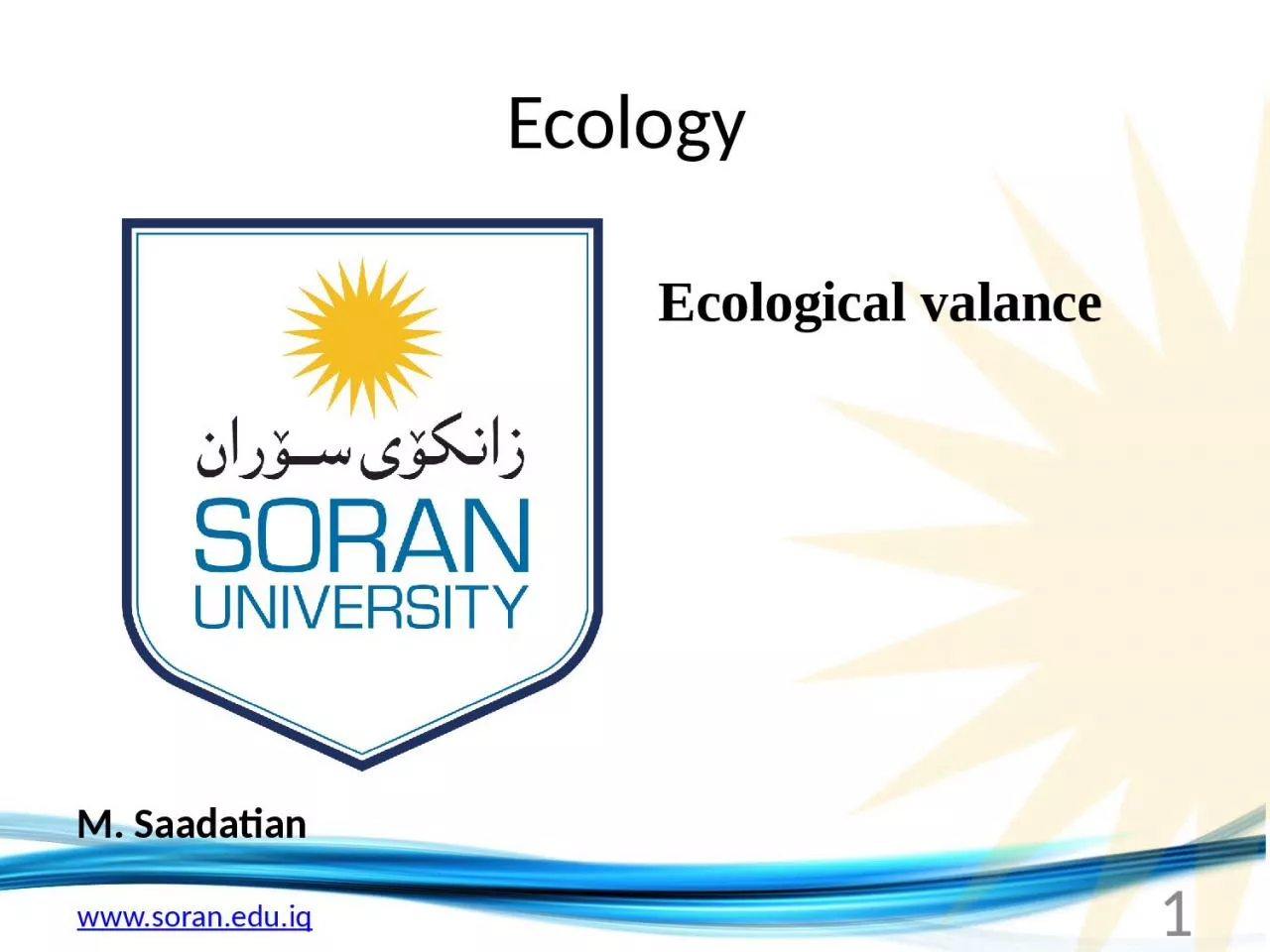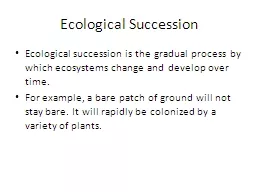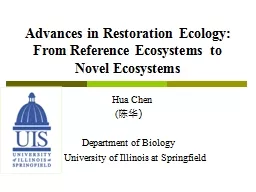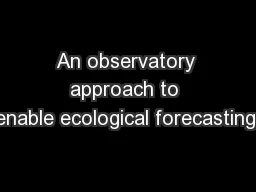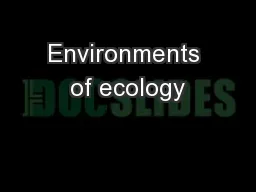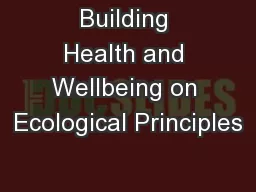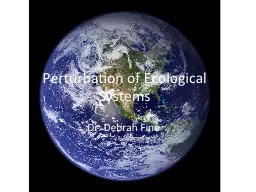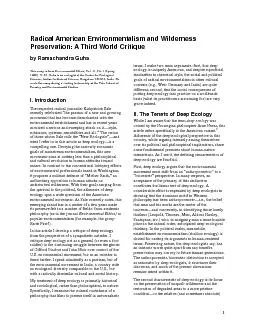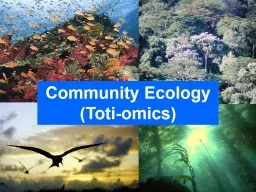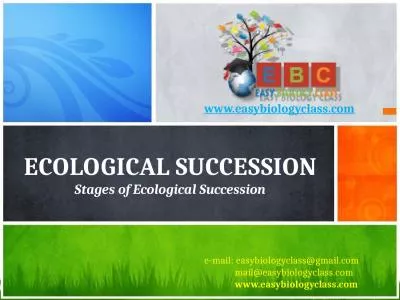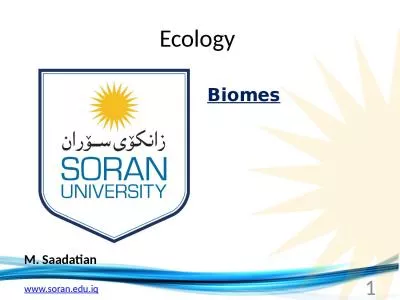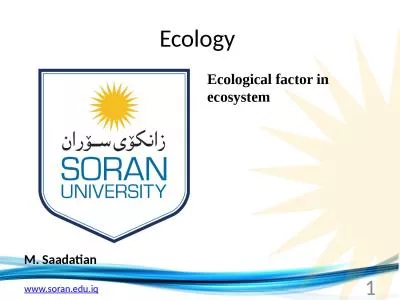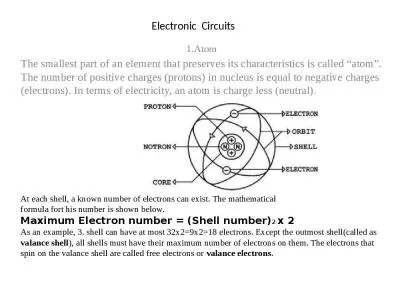PPT-Ecology M. Saadatian Ecological valance
Author : felicity | Published Date : 2023-10-30
1 Ecological valance Ecological balance is an balance within a community where the organisms remain stable and the changes are slow and gradual A ecological balance
Presentation Embed Code
Download Presentation
Download Presentation The PPT/PDF document "Ecology M. Saadatian Ecological valanc..." is the property of its rightful owner. Permission is granted to download and print the materials on this website for personal, non-commercial use only, and to display it on your personal computer provided you do not modify the materials and that you retain all copyright notices contained in the materials. By downloading content from our website, you accept the terms of this agreement.
Ecology M. Saadatian Ecological valance: Transcript
Download Rules Of Document
"Ecology M. Saadatian Ecological valance"The content belongs to its owner. You may download and print it for personal use, without modification, and keep all copyright notices. By downloading, you agree to these terms.
Related Documents

